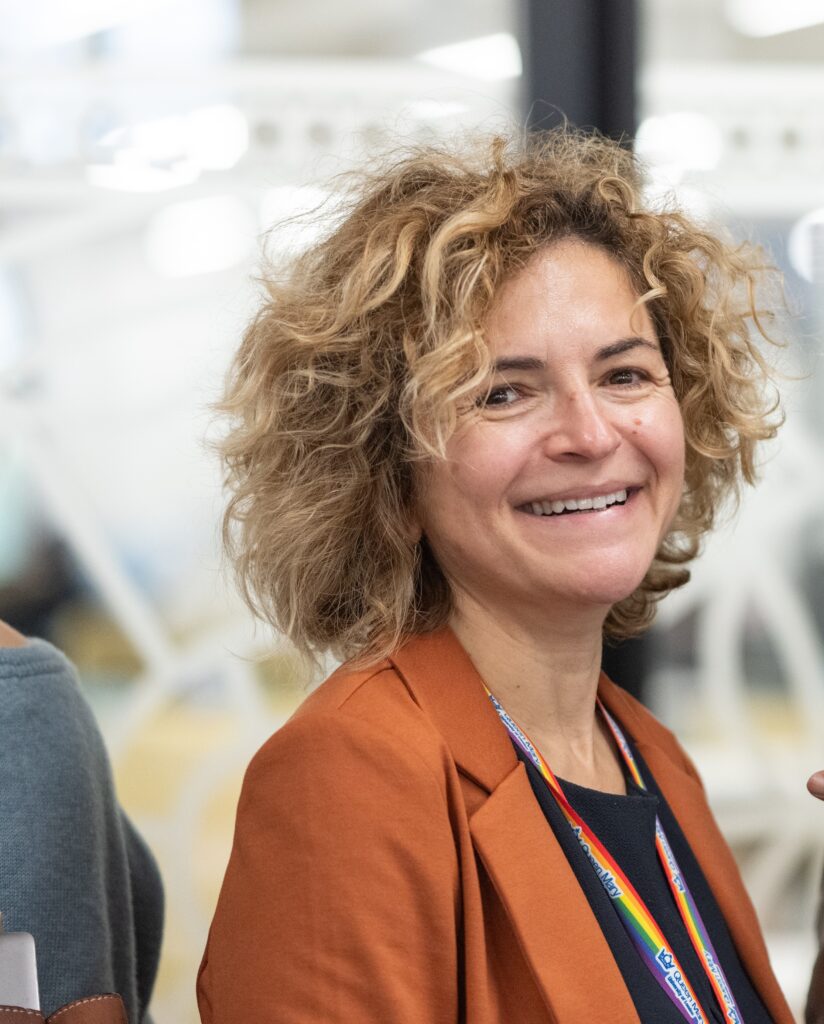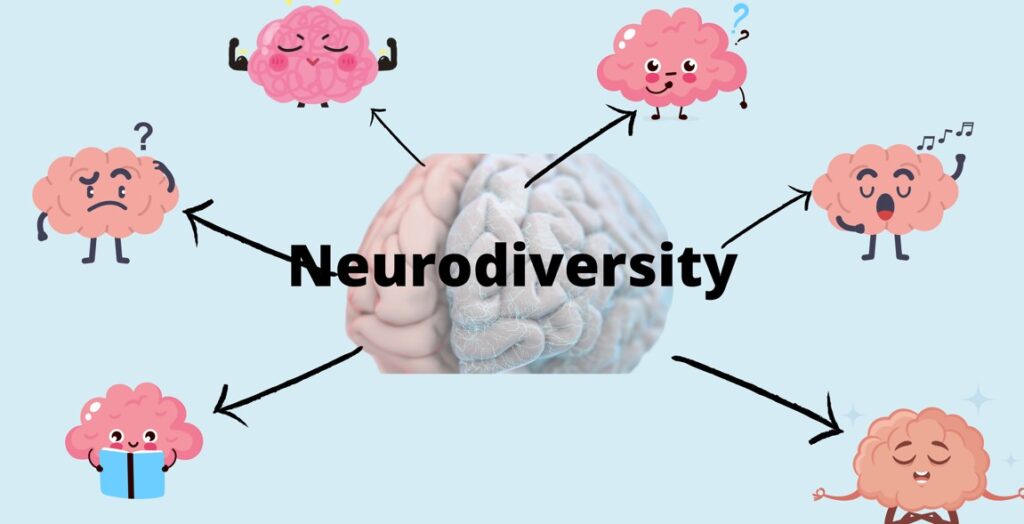

This is an interview with Giorgia Pigato from QM Academy.
Could you say a little bit about yourself and your job?
I have been at QMUL for over two years working in QM Academy as an education advisor and work on PGCAP to improve practice and help people to get qualifications in teaching. I support staff through advanced HE fellowships where I am a mentor. I am also a reviewer for the SEED award. QM academy delivers webinars and workshops on different teaching areas and I regularly run a webinar together with Disability and Dyslexia Service and the Neurodivergent Student Society: Developing Inclusive Education for neurodivergent learners. It can be booked on QM training platform https://cpd-training.qmul.ac.uk/totara/dashboard/index.php
What is this SEED award?
The SEED award is a recognition programme for students who do peer teaching or work with students to improve teaching practice.
https://www.qmul.ac.uk/queenmaryacademy/students/seed-award/
What is the starting point for teaching ND students?
I have gone through a learning process in recent years. We need to focus on changing the context and the environment. We begin with understanding that there is huge learners’ variability in our programmes and we should have an idea of what challenges those individuals face. However, not every ND student will want to share their diagnosis and some may be undiagnosed. The range of learning differences is very wide and hence it is difficult to generalise. Traits that autistics students show might be the opposite of those for students with ADHD. We need to think of proactive inclusive design even before we step into the classroom and not only on individual adjustments.
If I am teaching a big class what are the most important things I can do as a lecturer?
Set expectations and be clear in your communications. Sometimes we take things for granted, for example that students know what is expected in terms of engagement, attendance, participation, behaviour and workload. A variety of formats to communicate can be useful: e.g. use QMPlus announcements but clearly repeat these in class. A video introducing ourself as a lecturer with a short intro to the module can help some students feel at ease. A statement about inclusivity can also students feel welcomed. [Note: example inclusivity statements are shared at the bottom of this interview.]
For example assessment criteria can be confusing for some students. I recorded a short video for assessment criteria using accessible language to explain more clearly with examples. Very long texts with information buried within this can really disadvantage some students.
We mentioned some specific issues like ADHD and autism how would you change your teaching if those students are present in your class?
We should consider making changes even if we do not know students with those conditions are present. Autistic students process senses in a different way and might really suffer if rooms are extremely crowded or poorly ventilated. Audio might be experienced in a different way. Use a microphone even if you are not asked because it may be hard for students to come forward and ask. Some behaviours may seem disruptive like wearing headphones, doodling, crochetting or not making eye contact. It is good to make students feel these behaviours are OK as for some students these activities can help alleviate stress. For students with ADHD you can insert short breaks into long sessions. If these be embedded and will help those students to understand and change the rhythm. For example a few minutes to talk to students next to them about the class could be a beneficial break. But it is important to announce these things in advance. Rather than saying “any questions” and getting no response asking students to write a concept they found hard and one they found easy. Letting students have material in advance can make some students with neurodiversity more comfortable. We offer lots of practical strategies in our webinars.
With classrooms sometimes we don’t have control of where we teach: for example ventilation or overcrowding?
In this case we just need to be aware that while we cannot control it we need to understand that some students might experience stress because of this. It is important to realise in some cases they are not over-reacting. I am working with the neurodivergent student society and their suggestions are reasonable and easy to implement: material given in advance, when there is a video then turn on text captions, make sure you are audible and use the microphone where possible. Group work can be very stressful for them (but a lot of students find this in general) so we need to be aware of this when we consider the option of group work and set the expectations here.
What about one-to-one settings when you are interacting with a PhD student or a project student who may have ND issues?
It could be that a student has not shared a diagnosis with you or even is undiagnosed. It is important to create the atmosphere where the student is comfortable to share either the diagnosis or the ways they prefer to interact which can help them. Ask the question “what can I do to help in this situation”? Dyslexia and Disability Support services at QMUL can provide advice to staff and students.
What do you say to people who worry about making things too easy?
My observation is that some colleagues worry we would lower academic standards if we are too inclusive. I can understand why people might say this but the really important point is that we do not have discriminatory barriers for certain groups while keeping learning challenging. Learning does require challenge and overcoming difficulties but these difficulties come from the concepts being taught they should not come from lack of knowledge or discrimination.
This is the inclusivity statement on my module:
“We are committed to creating a course that is inclusive and accessible. If you are encountering barriers, please let us know as soon as possible so we can determine if a design adjustment can be made. We are glad to consider creative solutions as long as they do not compromise the learning goals.
We are looking forward to working with you”.
This is inclusivity statement that I share in the Developing inclusive Education for neurodivergent learners:
“We care about your learning experience and success in this course. Everybody learns in a different way, at their own pace. Respect other people’s ways to do things. Together we’ll develop strategies to meet both your needs and the requirements of the course. If there are aspects of this course that prevent you from learning, let us know as soon as possible how we can help.”